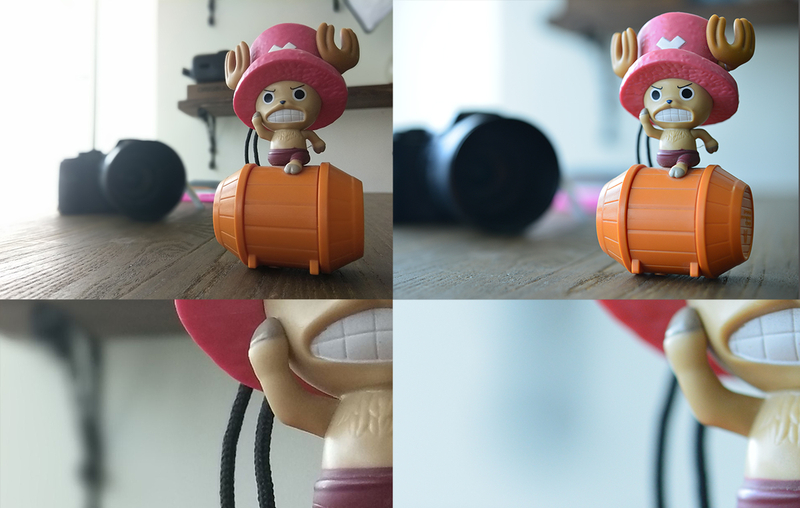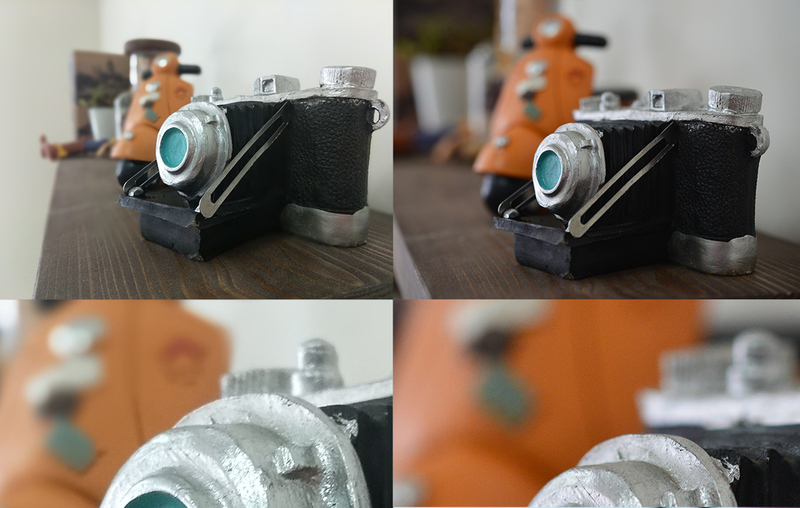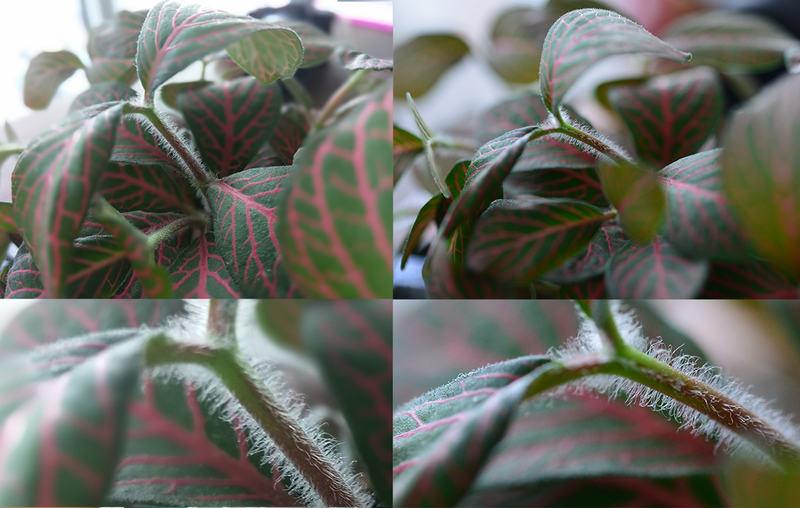IT168 evaluation With the gradual popularization of dual-lens mobile phones in the market, dual-lens mobile phones overcome many of the hardware defects, background blur ability is one of them, through the dual lens unique algorithm optimization, equipped with dual-lens mobile phone compared to ordinary The single-lens phone has a unique advantage in the background blur, and even some products claim that its background blur ability is comparable to the SLR. Today Xiaobian made comparisons with SLR's proofs to see if the mobile phone equipped with dual-lens was really propaganda.

The participating test subjects were a cool1 mobile phone equipped with a dual 13-megapixel camera and a SLR (equipped with a standard prime lens). Among them, as a mobile phone equipped with dual-camera in a thousand-dollar price range, the actual imaging capability of cool1 has been repeatedly verified in previous articles, and the actual performance of the SLR mode equipped therein is excellent in the current dual-camera-equipped mobile phones. As a comparison.
Before the comparison started, Xiao Bian also asked everyone to give Amway what the difference between the two was in terms of background blur. The first is the dual-camera cell phone. Currently, all the dual-camera phones on the market are using the post-algorithm to complete the blur. The advantage of dual-lens in terms of blur is that it can calculate the focal length of multiple points, and then through the post-calculation to achieve a more precise blur effect. The blurring of SLRs is based on hardware, which achieves a corresponding blur effect through a large aperture. In simple terms, dual camera = algorithm blur; SLR = hardware blur.
Comparison sample:

Comparison sample 1 (left: cool1 phone; right: SLR)

Comparison proofs 2 (left: cool1 phone; right: SLR)
From the above two contrast proofs, the subject of the two are very clear, but the SLR is obviously better than the double shot, and in the details, you can see the dual camera phone in the body over to In the process of blurring, there are fairly obvious boundaries, and there are clear traces of software optimization. The oversluggishness of the SLR is very natural and it seems to be more comfortable.

Comparison proofs 3 (left: cool1 phone; right: SLR)
   In the case of a more complex picture, the gap between hardware virtualization and algorithmization is even more pronounced, and the blur of SLR is more accurate and natural. However, the effect of dual camera phones in this complex picture environment is somewhat unsatisfactory. The place of the emptiness is not empty, but the place where it should not be emptied is blurred.

Comparison proofs 4 (left: cool1 phone; right: SLR)
In the last group of proofs, we can see the difference between the two more intuitively. We can see from the clear to the unclear, and the double shots are too stiff. There is a clear "demarcation line" between the two. The overuse of SLR is very smooth and natural, with the center of the focus being circular and out of focus.
Summary: From the point of view, regardless of the quality of the photo. After comparing with SLR, the buddies are sure to see the difference between the two at a glance. Especially in the transition from clear to virtual, dual camera phones still have a clear dividing line. Of course, compared with a single-lens-equipped cell phone, the double-camera cell phone's background blur ability is indeed much better than that of a single-lens cell phone. If you want to experience a similar SLR's ability to blur and do not want to buy SLR, dual camera phone may be what you need.